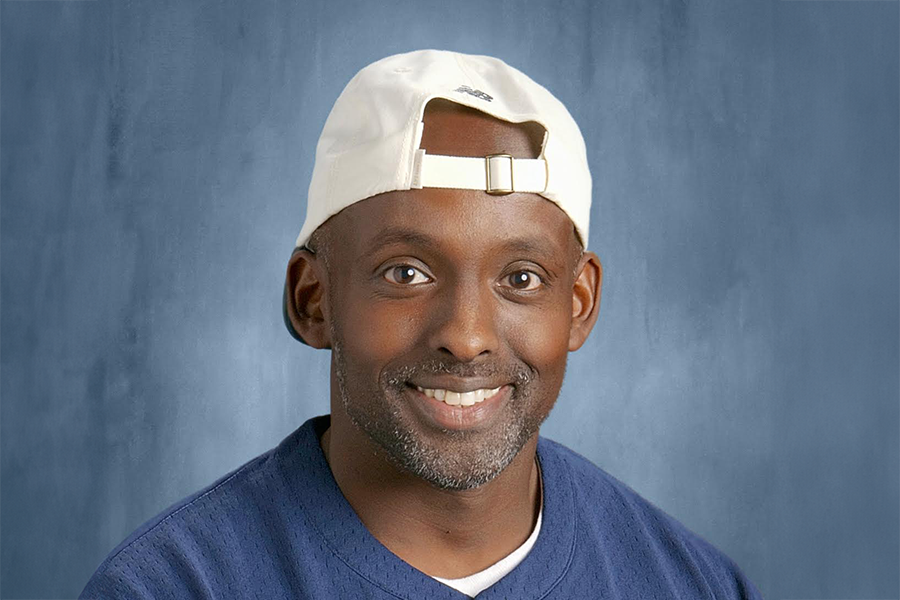Rose Hamill is a junior at South High who juggles PSEO classes, theater production, and homework on a regular basis, and one of the primary reasons for her ability to function is caffeine. “It’s definitely helpful not only to stay awake, but to stay active for longer periods of time,” Hamill said of her regular consumption of coffee.
Although she said that caffeine helps her get through long days, Hamill professes that the reason that jump-started her frequent coffee drinking was PSEO. “I needed to get up earlier and get going faster,” she said. “Rather than getting up and having an hour and a half to mill around then come here and start my day at 8:30, I had to get myself out of bed and go to class and actually be mentally active by 8 o’clock.”
Hamill’s situation is not uncommon, as plenty of students at South drink coffee or other caffeinated beverages to stay awake. However, a problem arises when students can’t shake their dependency on the source of caffeine. “I definitely see a difference when I don’t have it,” admitted Hamill.
The truth is that dependency on coffee, soda, or energy drinks can qualify as an addiction; one that is far more subtle than addictions to alcohol and hard drugs, but nonetheless has the potential to be harmful to one’s health. Caffeine is defined as a psychoactive drug, which means it can alter brain function by producing mood changes and distorted perceptions after long term or excess usage.
Mary Huber, South’s dietician, notes the novelty of the broad consumption of caffeine among today’s youth. “Coffee is something that had increased in use, comparing my generation to kids now,” she said, explaining, “schoolwork is pretty taxing and demanding on kids, and when they’re tired in the morning, they might use [caffeine] as a stimulant to stay awake.”
Companies that sell caffeinated products such as sodas and energy drinks have discovered that marketing to youth is an effective and profitable strategy. Many energy drinks target teenagers, in particular teenage boys, with their ad campaigns, proclaiming everything to be “extreme!” Ads for coffee such as Starbucks have been subtler, but by launching ad campaigns online they have effectively reached a younger audience.
The average American consumes 90,700 milligrams of caffeine annually, according to visualeconomics.com. That’s as much caffeine as there is in 1,000 cups of coffee per year, or around three per day. However, not all caffeine is absorbed through the most obvious sources. For example, small amounts of caffeine can be found in chocolate.
Although caffeine is harmless when taken minimally, negative health effects caused by an overdose can include headaches, fatigue, vomiting, muscle pain, and mood swings, among other things. These effects can be especially dangerous for teenagers, whose brains are still developing.
“I think [consuming caffeine] is a coping mechanism, because I’m really busy a lot,” admits senior Nicole Pederson. “If I didn’t, I would fall asleep all the time.” Pederson is among the many students who sacrifices sleep for schoolwork and after-school activities.
South teacher Doug Berglund sells coffee beverages to students during passing time to raise money for the Quiz Bowl and Knowledge Bowl teams. He started selling healthy alternatives, like fruit and granola bars, last year because the teams needed a new buzzer. He started selling coffee when he saw a deal at Costco. Originally Berglund sold Starbucks coffee, and then switched to the cheaper Costco brand. He said he thought it might cause his sales to go down, but he noticed no decline.
Though Berglund said he sees some of the same students that buy coffee from him every day, “it’s no different than the same people trying to get other snacks every day.” Berglund uses the snacks he sells to help teach supply and demand in his Economics classes. When demand goes up, he raises the price; when it goes down, he lowers it. Still, “I start running out of coffee by sixth period,” said Berglund
Another element that attracts youth to coffee, aside from the caffeine, is the social element. Coffeehouses and cafes have become popular places for teens and young adults to hang out while sipping mocha Frappuccinos. These establishments, such as Starbucks, who made almost $500 million last year, profit hugely from youth in America.
Addiction to caffeine at South may not be as blatant a problem as others, but it is constantly writhing beneath the surface of the student body as teens develop drinking habits that could be hurting themselves more than they think. Busy, sleep-deprived teenagers might be able to find alternatives. Huber suggests”getting breakfast going and letting your body naturally wake up. Getting a good night’s sleep is definitely going to help there too, but just taking in a good, healthy breakfast would help.”








lil kewl kid • Oct 24, 2011 at 1:50 pm
caffeine is bad for you.